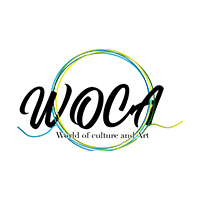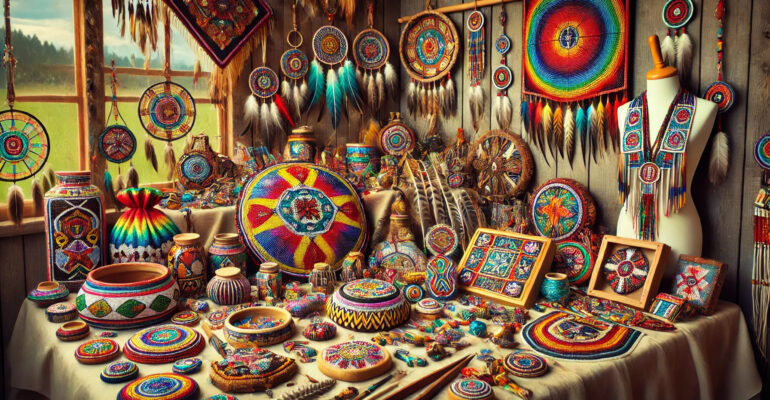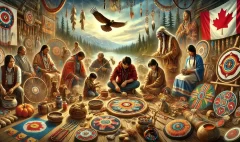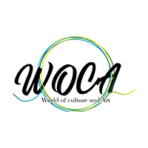Tiny Treasures: The Beautiful World of Indigenous Beadwork and Quillwork in Canada
Tiny Treasures: The Beautiful World of Indigenous Beadwork and Quillwork in Canada
Hello, art lovers and curious minds! Are you ready to dive into the colorful, intricate world of Indigenous beadwork and quillwork? Here at WOCA Group, we’re excited to take you on a journey through these amazing art forms that have been brightening up clothes, accessories, and lives for centuries. Get ready to be dazzled by tiny beads and clever quills as we explore the beauty, meaning, and ongoing tradition of Indigenous beadwork and quillwork in Canada!
What is Indigenous Beadwork and Quillwork in Canada?
Before we jump into the shimmering details, let’s start with the basics. What exactly are beadwork and quillwork? Beadwork is the art of attaching small beads to fabric or other materials to create designs. Indigenous peoples have been doing this for a very long time, even before Europeans brought glass beads to North America.
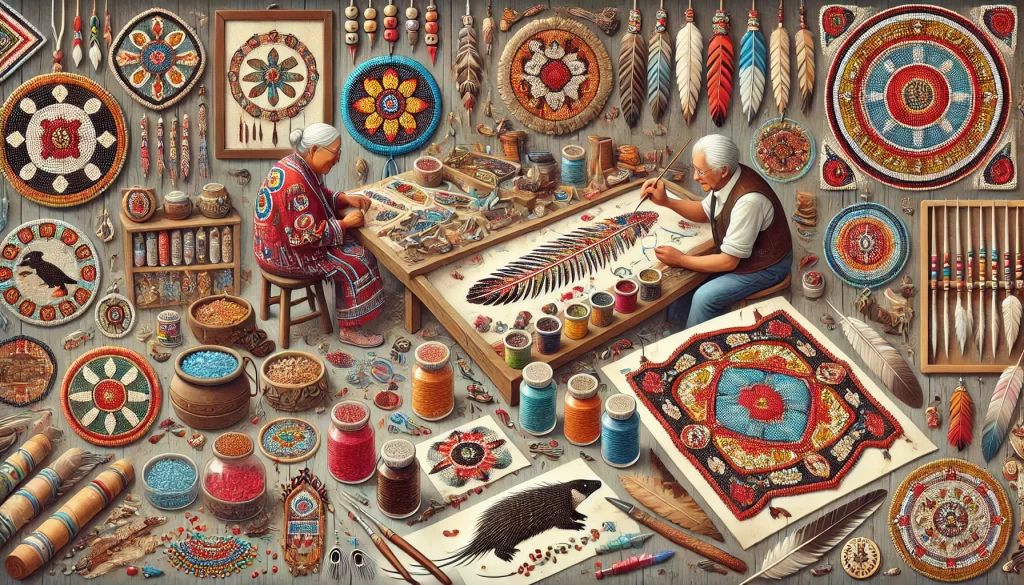
Quillwork, on the other hand, uses the quills of porcupines (yes, those spiky animals!) to make beautiful designs. Artists flatten, dye, and sew the quills onto leather or bark to create intricate patterns. “Beadwork and quillwork are like painting with tiny, colorful dots,” explains Elder Mary Creativehands. “Each bead or quill is like a brushstroke, coming together to tell a story or share a piece of our culture.”
A Bit of History of Indigenous Beadwork and Quillwork: From Ancient Times to Today
Quillwork is an ancient art form that Indigenous peoples in North America have been practicing for thousands of years. Before the arrival of European traders, quillwork was used to decorate clothing, moccasins, bags, and even birchbark containers. Beadwork as we know it today became popular after European contact, when glass beads became available through trade. However, Indigenous peoples had been using other materials like shells, seeds, and carved wood or bone for decoration long before that.
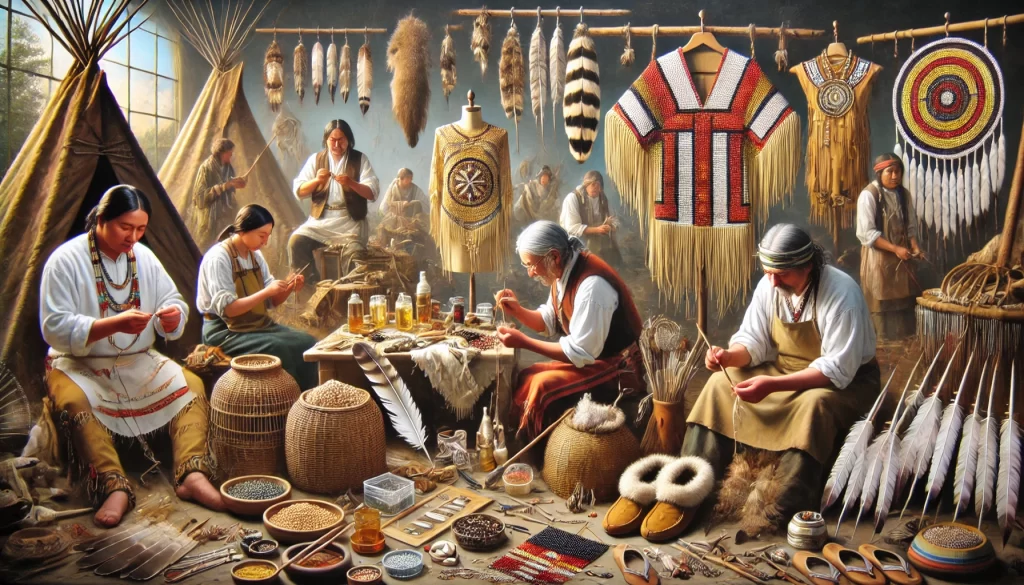
“Our ancestors were so clever,” says Tom Historykeeper, an Indigenous artist. “They looked at porcupine quills, something most people would avoid, and said, ‘We can make something beautiful with these!’ That’s the kind of creative thinking that’s at the heart of our art.”
The Materials of Indigenous Beadwork and Quillwork: Tiny Things That Make a Big Impact
Let’s take a closer look at the stars of our show: the beads and quills themselves!
- Beads:
– Glass beads: These come in all colors and sizes. The tiniest ones, called “seed beads,” are often used in the most intricate designs.
– Traditional beads: Made from materials like shells, bones, or stones.
– Modern beads: Some artists now use plastic beads or other new materials.
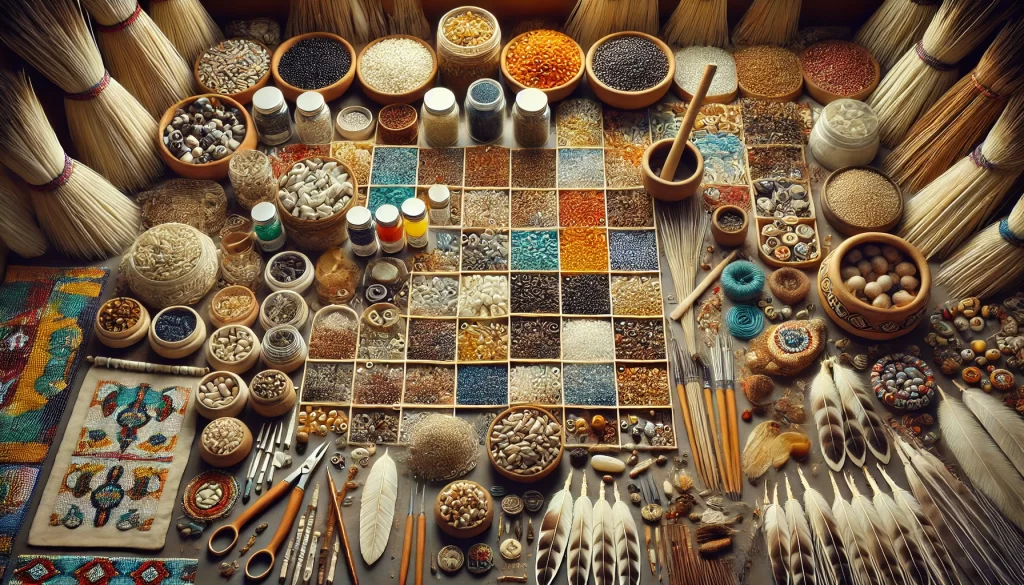
- Quills:
– Porcupine quills: These are carefully removed from porcupine hides, cleaned, and sometimes dyed.
– Natural dyes: Traditionally, quills were colored using dyes made from plants, minerals, or even insects!
“Choosing the right beads or preparing quills is an art in itself,” explains Lisa Materialmaster, a beadwork artist. “The colors, sizes, and textures all play a part in bringing a design to life.”
Techniques of Indigenous Beadwork and Quillwork
Now, let’s explore how artists turn these tiny materials into big, beautiful designs!
- Beadwork Techniques:
- Loom beading: Using a special loom to weave beads into designs.
- Appliqué beading: Sewing beads directly onto fabric or leather.
- Lazy stitch: A technique that creates a distinctive ridged texture.
- Peyote stitch: Used to create three-dimensional shapes.
- Brick stitch: Creates a brick-like pattern, great for earrings.
- Quillwork Techniques:
- Plaiting: Weaving flattened quills together.
- Wrapping: Winding quills around cord or hair.
- Stitching: Sewing quills directly onto a surface.
- Folding: Creating geometric designs by folding quills.
“Each technique has its own challenges and beauties,” says Maria Patternmaker, a quillwork artist. “It’s like learning a new language – once you know the basics, you can start creating your own stories.”
Designs and Patterns of Indigenous Beadwork and Quillwork
The designs used in beadwork and quillwork aren’t just random pretty patterns. They often have deep meanings and tell important stories.
- Common design elements include:
– Floral patterns: Often seen in woodland areas, representing connection to the land.
– Geometric shapes: Common in plains beadwork, can represent spiritual concepts.
– Animal designs: Might show clan symbols or important spirit animals.
– Celestial patterns: Stars, suns, and moons often have spiritual significance.
“Our designs are like a secret language,” explains Elder John Symbolkeeper. “To those who know how to ‘read’ them, they can tell you about a person’s family, their achievements, or important events in their life.”
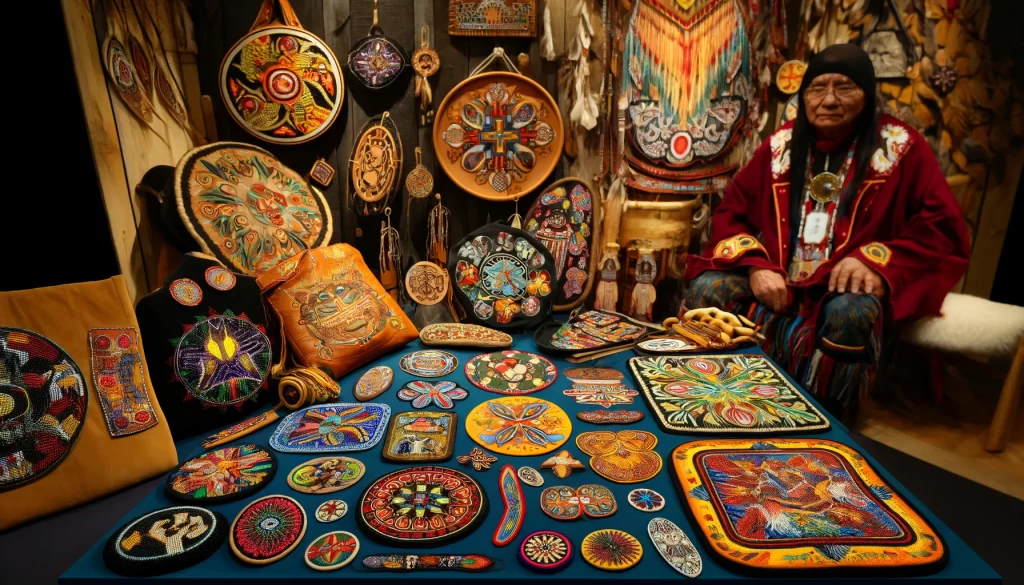
- Some nations have their own distinctive styles:
– Haudenosaunee (Iroquois) raised beadwork: A 3D style that makes designs pop out.
– Métis flower beadwork: Known for its beautiful, vibrant floral designs.
– Dene quillwork: Often features geometric patterns in natural colors.
The Meaning Behind the Beauty: Symbols and Stories of Indigenous Beadwork and Quillwork
In Indigenous cultures, beadwork and quillwork are about much more than just decoration. They’re ways of preserving history, sharing beliefs, and expressing identity.
Here are some examples of what designs might mean:
– Turtles: Often represent Mother Earth or long life.
– The Thunderbird: A powerful spiritual being in many cultures.
– The Medicine Wheel: Represents balance and the cycle of life.
– Specific flowers: Might be tied to family traditions or local plants.
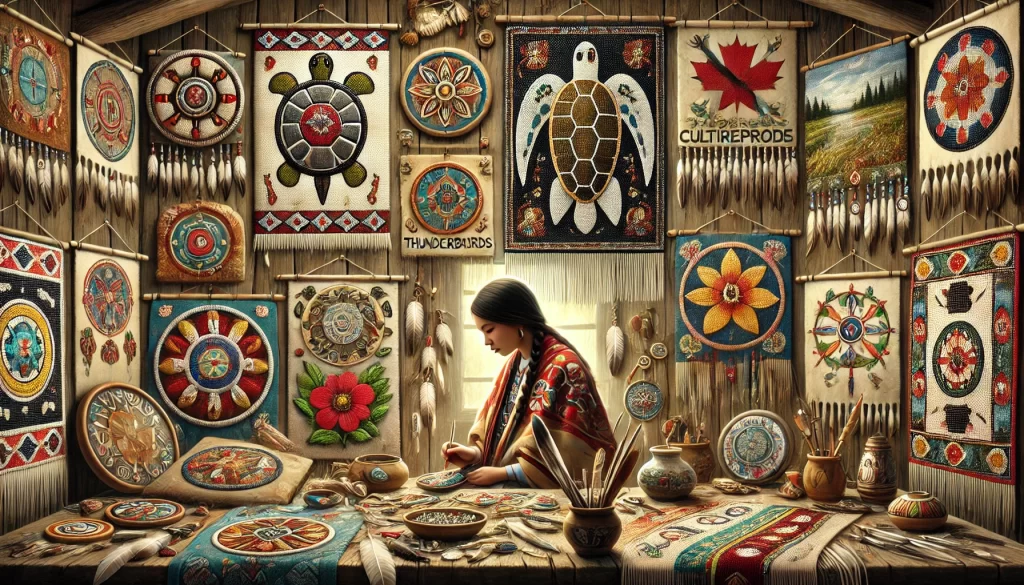
“When I wear a piece of beadwork, I’m not just putting on something pretty,” says Sarah Culturepride, a young Indigenous woman. “I’m wrapping myself in my heritage, my family’s stories, and the strength of my ancestors.”
Learning the Craft of Indigenous Beadwork and Quillwork
Beadwork and quillwork are living traditions, passed down from generation to generation. Here’s how people learn these arts:
– Family teaching: Many artists learn from parents or grandparents.
– Community classes: Some cultural centers offer workshops.
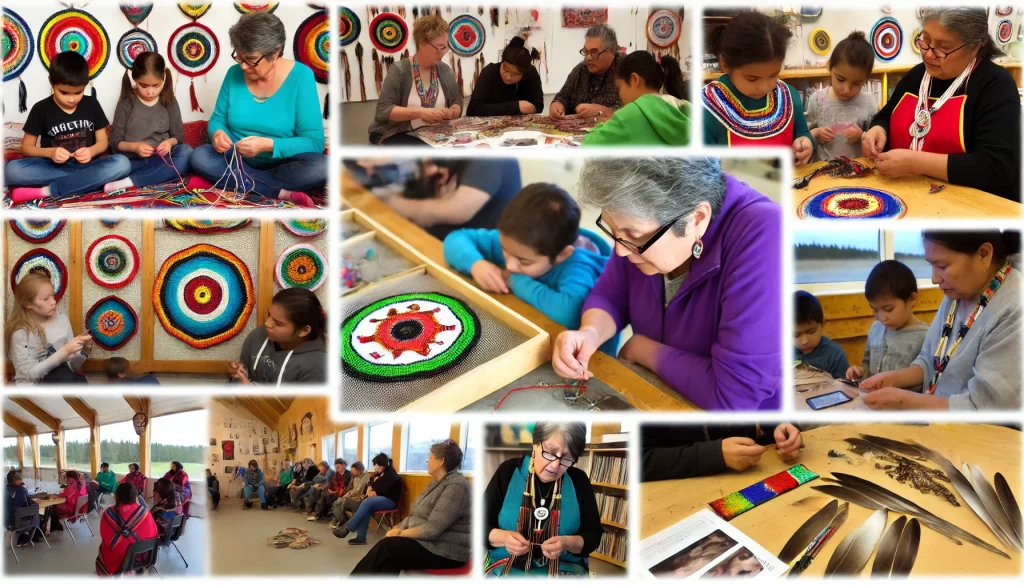
– Schools: Some Indigenous schools include traditional arts in their curriculum.
– Self-teaching: With books, videos, and lots of practice!
“Teaching beadwork is about more than just showing how to string beads,” says Mary Teacherheart, who runs workshops in her community. “It’s a chance to share stories, build relationships, and help people connect with their heritage.”
Challenges and Innovations of Indigenous Beadwork and Quillwork
Like many traditional art forms, beadwork and quillwork face some challenges in the modern world:
– Time: These arts take a lot of time and patience in our fast-paced world.
– Materials: Some traditional materials can be hard to find.
– Learning opportunities: Not everyone has access to teachers.
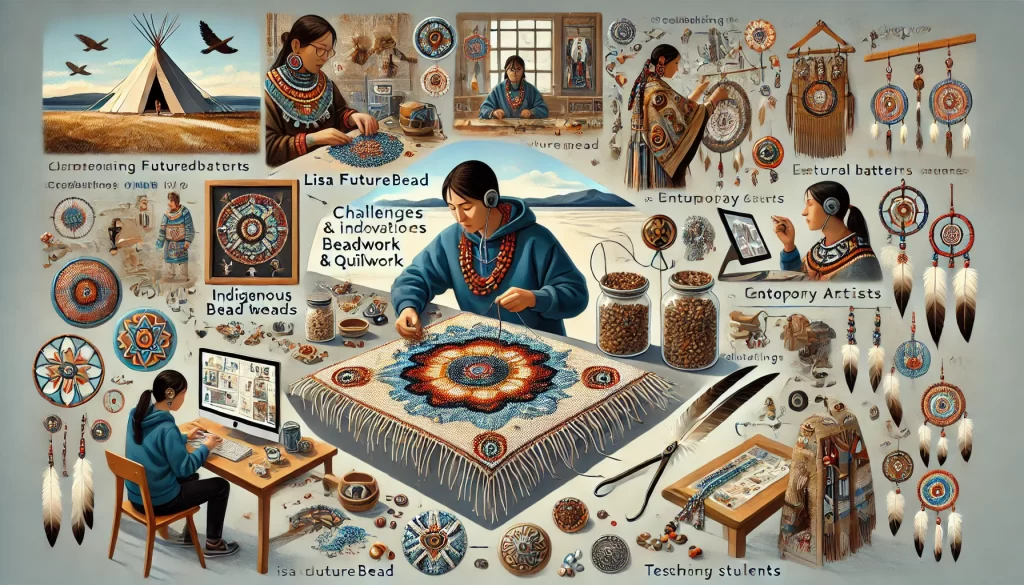
But artists are finding innovative ways to keep their traditions strong:
– Online communities: Sharing patterns and techniques on social media.
– New materials: Experimenting with modern beads and tools.
– Collaborations: Working with fashion designers or contemporary artists.
– Teaching tech: Using video calls to reach students far away.
“We’re not stuck in the past,” laughs young artist Lisa Futurebead. “We’re taking our grandmothers’ techniques and adding our own twists. It’s like we’re adding new chapters to a very long, beautiful book.”
WOCA Group’s Beading Circle: Join the Fun!
Here at WOCA Group, we’re passionate about celebrating and supporting Indigenous arts. That’s why we’ve started a monthly Beading Circle! What’s a Beading Circle? It’s a gathering where people come together to bead, share stories, and build community. Our Beading Circle is:
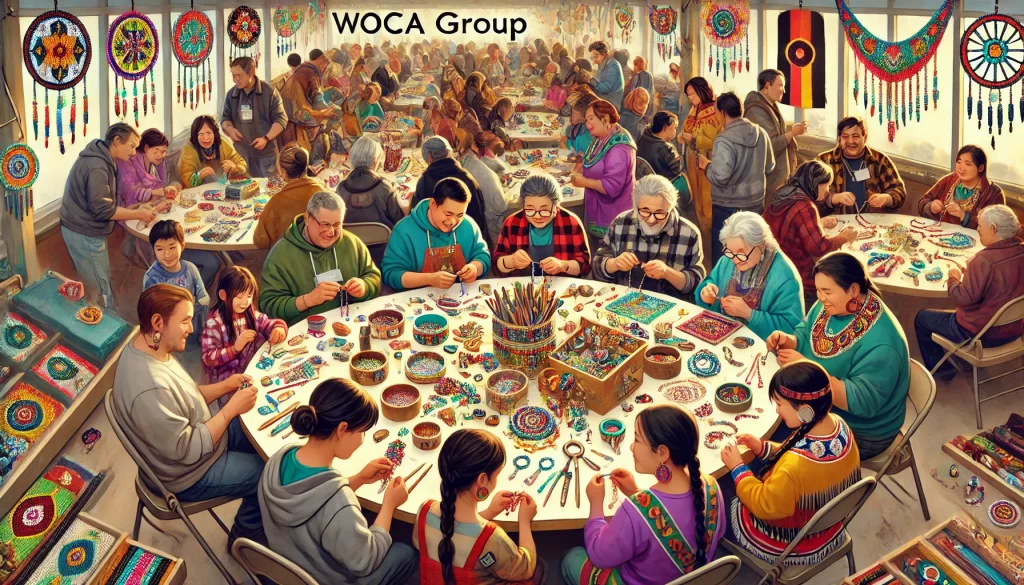
– Open to everyone: Beginners and experienced beaders are all welcome.
– Led by Indigenous artists: Learn from skilled artisans who share their knowledge and stories.
– A chance to create: Make your own beaded keychains, earrings, or small pouches.
– A community event: Meet new friends and learn about Indigenous cultures.
“Our Beading Circle is like a little family,” says Lisa Communityheart, WOCA Group’s event coordinator. “We laugh, we learn, and we make beautiful things together. It’s a great way to connect with Indigenous cultures in a hands-on way.”
Try It Yourself: Starting Your Beading Journey
Inspired to try beading or quillwork yourself? Here are some tips to get started:
- Start simple: Begin with basic patterns and work your way up.
- Get the right tools: You’ll need beads, needles, thread, and a beading surface.
- Be patient: Remember, it takes time to create something beautiful!
- Learn from others: Join a class or watch online tutorials.
- Respect the culture: If you’re not Indigenous, be mindful of the designs you use.
“Don’t be afraid to make mistakes,” encourages Tom Beginnersfriend, a beading instructor. “Every bead you string is a step on your learning journey.”
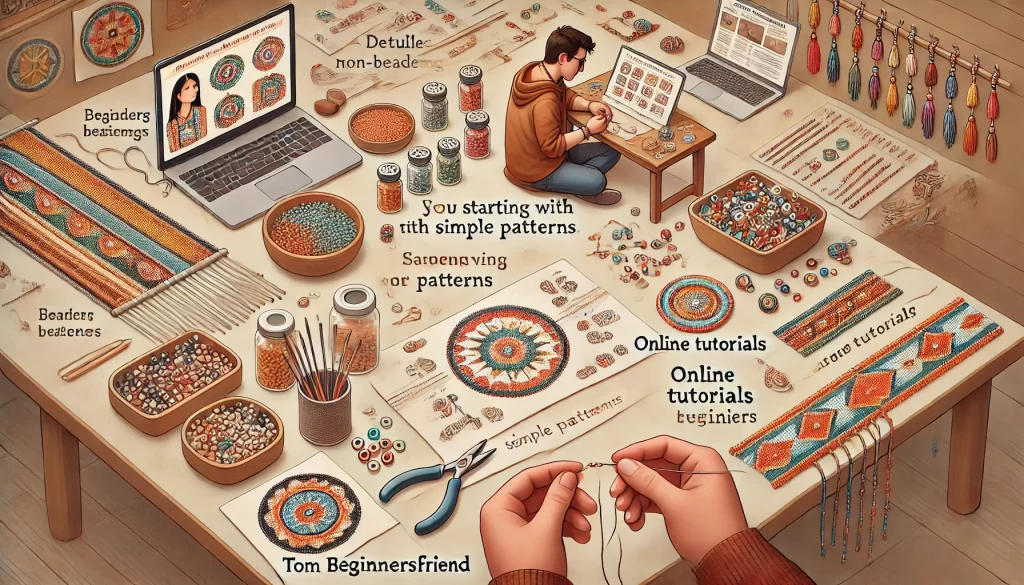
A Final Thread: The Ongoing Story of Beadwork and Quillwork
As we come to the end of our colorful journey through the world of Indigenous beadwork and quillwork, let’s remember what we’ve learned:
- Beadwork and quillwork are ancient arts with deep cultural significance.
- These art forms use tiny beads or porcupine quills to create beautiful designs.
- The patterns and symbols often have important meanings and tell stories.
- These arts decorate both ceremonial and everyday items.
- Artists are finding new ways to keep these traditions alive in the modern world.
- Respectful appreciation of these arts helps support Indigenous cultures.
- You can experience beadwork firsthand through WOCA Group’s Beading Circle!
Beadwork and quillwork are like threads that connect the past, present, and future of Indigenous cultures. Each tiny bead or quill is part of a bigger picture – a picture of resilience, creativity, and cultural pride. The next time you see a piece of Indigenous beadwork or quillwork, take a moment to really look at it. Remember that you’re not just seeing a beautiful design – you’re glimpsing a living tradition, a piece of history, and someone’s cultural identity, all wrapped up in tiny, colorful treasures.
Now it’s your turn! Have you ever tried beadwork or seen quillwork up close? What designs or patterns speak to you the most? Share your thoughts or experiences in the comments below. And don’t forget to check out WOCA Group’s Beading Circle – who knows, you might discover a new passion or make some wonderful new friends! Let’s keep celebrating the beauty of Indigenous arts together, one tiny bead at a time!
